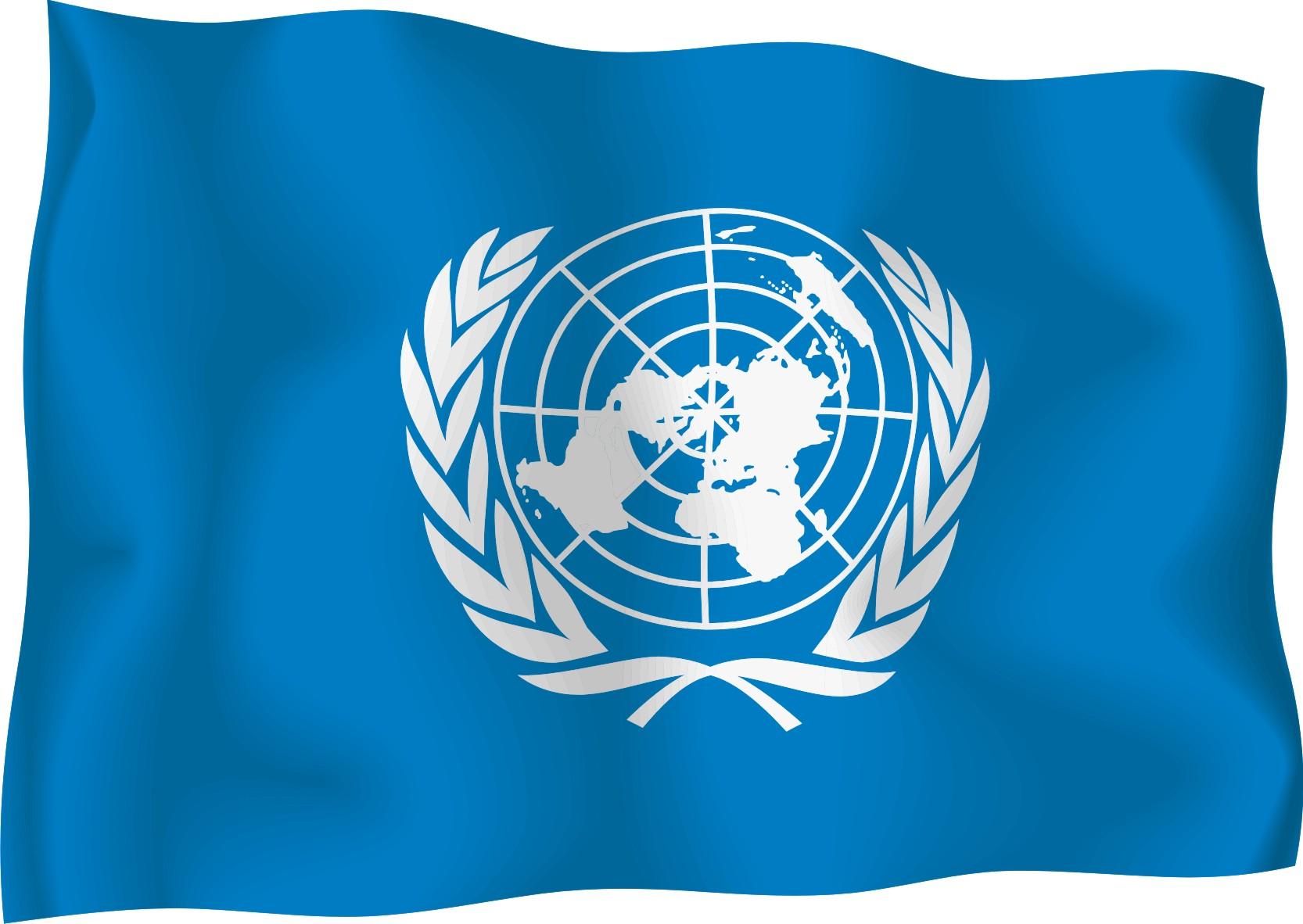Reduced salt intake is essential to reduce the risk of cardiovascular disease (CVD) in the who European region.
In many countries of the who European region more than two thirds of all consumed salt is hidden in food products subjected to technological processing, snack foods (snacks) and products such as bread and cheese. In addition, some chains of fast food restaurants and other restaurants are key suppliers of products with a high content of salt and fat and sugar. In other words, a person controls only about 20% of salt consumed by it: many people do not know what the level of their salt intake and therefore unable to limit it.
Risks
Although sodium is a mineral necessary for the functioning of the body, the inhabitants of the European region consume too much in the composition of the salt.
In 2008, CVD became the reason for 42% of deaths in the European region. Today, salt intake is considered one of the leading risk factors of noncommunicable diseases, especially cardiovascular diseases.
Studies have shown that high levels of salt intake in all age groups leads to an increase blood pressure. Children are particularly vulnerable to addiction to the taste of salt, it can stimulate increased demand for products with high it content and to start a habit that will last a lifetime. If high blood pressure manifests in childhood, it will likely continue to occur into adulthood, increasing the risk Hypertension and CVD in the future.
Despite compelling evidence of the health benefits of reducing salt consumption, part food producers, guided by commercial considerations, do not want to implement the appropriate program.
What can be done
Studies conducted worldwide have shown that reducing salt intake by about half (to the recommended level for adults is 5 g per day) would reduce the burden of stroke by 24%, and the incidence of coronary heart disease by 18%.
The European regional Bureau of who has made salt reduction one of the five priority interventions in the new action Plan for the implementation of the European strategy for the prevention and control of noncommunicable diseases 2012-2016
In recent years, the European region had started the implementation of many successful policies and programs to reduce salt intake. The benchmarks set in such programmes as, for example, the framework of the European Union (EU) national initiatives in relation to salt intake, mainly deal with such products of the food industry as a ready-to-eat meals, meat products, bread and cheeses. Eleven EU countries decided to reduce their salt intake by 16% between 2008 and 2012.
In the framework of the who global strategy in diet, physical activity and health and the European action plan identified three objectives:
- to create conditions, which contribute to making consumers changes in your diet;
- to support the assessment and monitoring of levels of salt consumption;
- contribute to the evaluation of the composition of salt to prevent iodine deficiency disorders.
However, much more needs to be done to raise awareness, behaviour change and salt reduction in foods subjected to technological processing.
Examples from countries
Two of the most successful programs to reduce salt intake in the Region carried out in Finland and the United Kingdom.
In 1996, the British medical and scientific experts organized group CASH – Consensus Action on Salt and Health (Coordinated action against salt and health). This allowed us to undertake significant efforts to reduce the amount of salt added to food products industry. Some products subjected to technological processing, reducing the salt content has reached 30%. In addition, clear labels, which indicated the salt content in all food products subjected to technological processing, allow consumers to make informed decisions about buying certain products.
In Finland, the project "North Karelia”, реализация которого началась 30 лет назад, получил международное признание за результаты, которые были достигнуты в воздействии на такие факторы риска ССЗ, как высокое артериальное давление. Вмешательства на популяционном уровне в отношении потребления натрия, которые начали проводиться в рамках проекта, обеспечили сотрудничество пищевой промышленности с социальными службами и службами здравоохранения с целью снижения на треть потребления соли.
The success of these programs due to their intersectoral and mezhdistsiplinarnoi nature. This includes educating and involving the public along with the actions of the food industry, aimed at changing product recipes and support from health services.
Source – website of the whosalt solena
Salt will help reduce sodium salt intake to normal and reduce potassium deficiency in the diet. SOLENA low sodium (70% sodium salt, 30% potassium salt)salt solena Click to see where to buy salt SOLENA.






